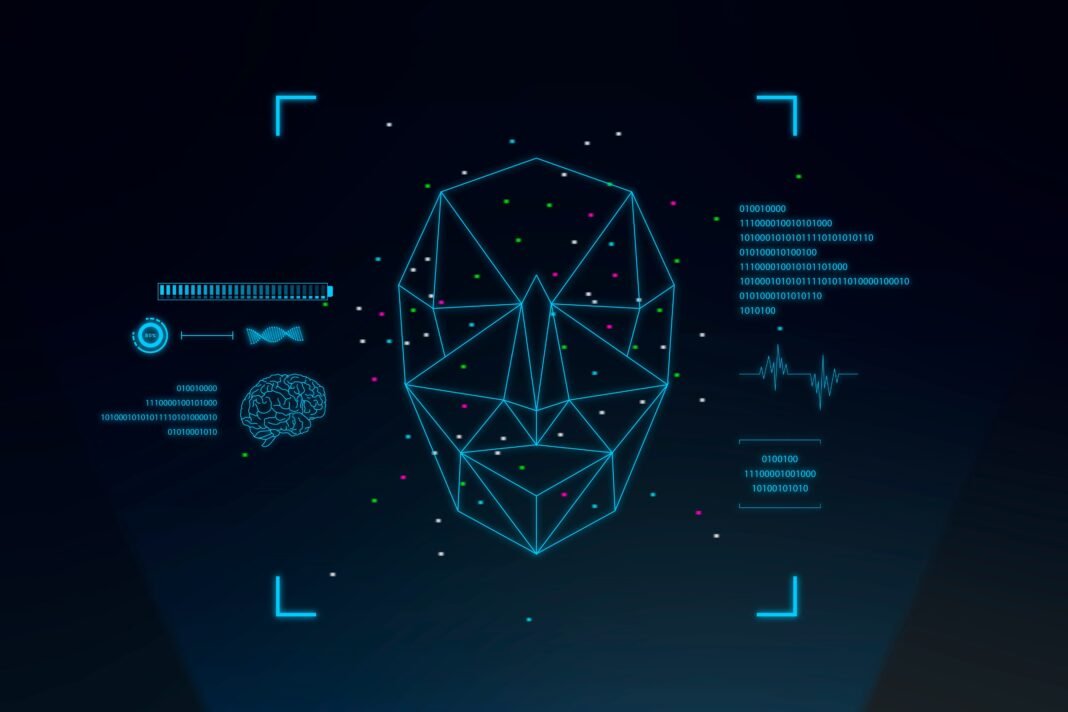The facial recognition system has not yet completed a year of operation and has already helped the Military Police make 300 arrests. The milestone was reached on Wednesday (14) by military police officers from the 5th BPM who arrested a man in the city center with an arrest warrant issued by the court for failing to comply with a child support payment order.
This Content Is Only For Subscribers
To unlock this content, subscribe to INTERLIRA Reports.
Implemented on New Year’s Eve
Implemented by the State Secretariat of Military Police on New Year’s Eve 2023, in the Copacabana area, the recognition software is coupled with urban monitoring cameras. The software has worked as an important tool for the public security area, facilitating the approach of people with outstanding arrest warrants.
Major Crimes
The milestone was reached after the arrest of a man with a court-issued arrest warrant for failing to comply with a child support payment order. This crime accounts for half of the arrests made with the help of facial recognition. There are also arrests of those involved in crimes such as robbery (55), drug trafficking (25), theft (15), homicide (12), domestic violence (04), rape (04) and femicide (03).
Fugitive Database
The program called the Integrated 190 project, uses Russian technology (for facial recognition software that can also read license plates) and American technology (to control and gather images), using 136 cameras spread throughout the South Zone, North Zone, and Center of Rio, including images generated by partners such as the City Hall and the Rio Bus Station. With imported technology, the program is fed by a fugitive database.
Use of Technology
The facial recognition system, which even uses images taken by drones, cost a total of R$18 million. It has been used in daily patrols and at major events, such as the Madonna concert held in April on Copacabana Beach. On that occasion, 160 sharp objects were seized at 18 checkpoints that had cameras. Seven people were arrested, including a suspect identified by the facial recognition system.
Possible Errors
According to the PMERJ, the probability of error in monitored cameras is 10%, due to factors such as visibility impaired by rain or trees. In these cases, to confirm recognition by images, there are a series of mandatory procedures that must be followed, such as video analysis, carried out by a police officer, and checking the suspect’s identification on the street. If the person is not confirmed to be a fugitive, the recommendation is that he or she be released immediately.
Cameras on Uniforms
Surveillance is also applied to the police officers themselves. Around 13,000 PMs, who carry out ostensive policing throughout the state of Rio de Janeiro, wear body cameras. The measure is part of the State Program for Transparency in Public Security Actions and also meets a requirement made by Minister Edson Fachin, of the Federal Supreme Court (STF), in decisions published between December 2022 and June 2023.
Cameras on Public Transportation
The PMERJ increased the number of cameras used to supply the facial recognition system. Metrô Rio, Supervia (which operates rail transport), CCR Barcas, and CCR Via Lagos (which operates Rodovia dos Lagos, a connection between Rio de Janeiro and the Lagos Region) will provide access to cameras located in stations and on roads. The system will use the fiber optic network of Agetransp (Regulatory Agency for Public Transportation Services).
Monitoring of the Bus Station
The Military Police have started monitoring the Rio Bus Station, located in the city’s port area, with facial recognition cameras. At the Bus Station, there are 45 cameras monitored by the police using facial recognition software that is integrated with the national arrest warrant system. In addition to locating fugitives from justice, the bus station will also be monitored, providing greater speed in complex situations, such as the hijacking of a bus at the Bus Station.
Analysis:
The facial recognition system implemented by the Military Police in Rio de Janeiro has quickly proven effective, leading to over 300 arrests within its first year of operation. This technology, integrated with urban monitoring cameras and supported by both Russian and American systems, has become a vital tool for identifying individuals with outstanding arrest warrants. Its deployment in key areas of the city and during major events, such as concerts, underscores its utility in enhancing public safety and managing large crowds.
However, the use of this technology is not without challenges. The system’s reported 10% error rate, influenced by environmental factors, highlights the need for rigorous verification processes to prevent wrongful arrests. Additionally, the extensive use of facial recognition raises significant privacy concerns, as its deployment in public spaces and transportation hubs risks creating an environment of mass surveillance.
Overall, while facial recognition has shown promise in improving law enforcement efficiency in Rio de Janeiro, its implementation must be carefully managed. This includes ongoing refinement of the technology, ensuring transparency and accountability in its use, and fostering public dialogue to address concerns about privacy and civil liberties.
Sources: O Globo [1], [2]; Metrópoles; Poder360; G1.




